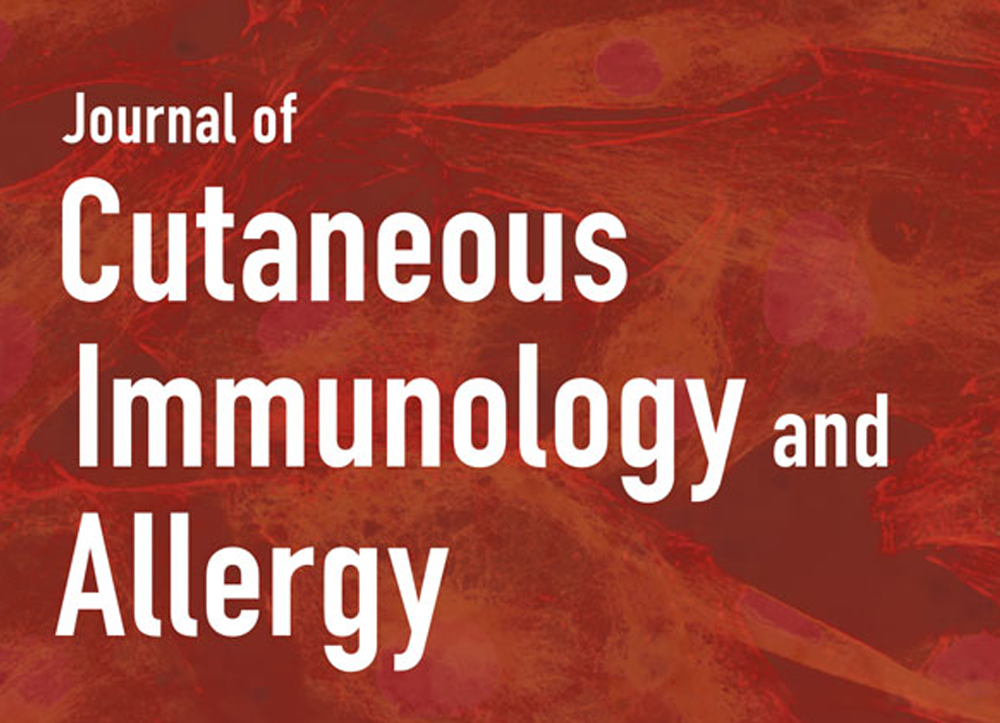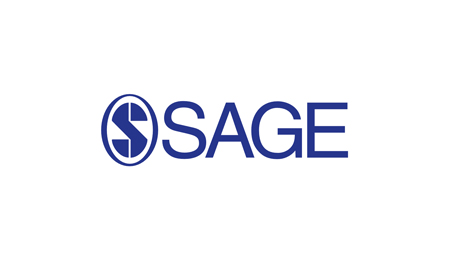Early diagnosis of wound infections are crucial as they have been shown to increase patient morbidity and mortality. We evaluated the use of MolecuLight i:X to identify infections in acute open wounds in hand trauma. Data were collected from patients who attended the hand trauma unit over a 4 week period prior to having surgery. Wounds were inspected for clinical signs of infection and autofluorescence images were taken using the MolecuLight i:X device. Wound swabs were taken and results interpreted according to report by microbiologist. Autofluorescence images were interpreted by a clinician blinded to the microbiology results. 31 patients were included and data collected from 35 wounds. 3 wounds (8.6%) showed positive clinical signs of infection, 3 (8.6%) were positive on autofluorescence imaging and 2 (5.7%) of wound swab samples were positive for significant infection. Autofluorescence imaging correlated with clinical signs and wound swab results for 34 wounds (97.1%). In one case, the clinical assessment and autofluorescence imaging showed positive signs of infection but the wound swabs were negative. Autofluorescence imaging (MolecuLight i:X) in acute open wounds may be useful to provide real-time confirmation of bacterial infection and therefore guide management.
Back to All Clinical Evidence
Detection of Bacterial Burden, Acute Wounds
The use of MolecuLight i:X device in acute hand trauma
Hand trauma wounds were inspected for CSS and underwent fluorescence imaging for detection of bacterial burden
Fluorescence signals correlated with CSS and swab results in 97% of wounds
Fluorescence imaging can guide surgical debridement by providing real-time information on wounds' infected areas
















